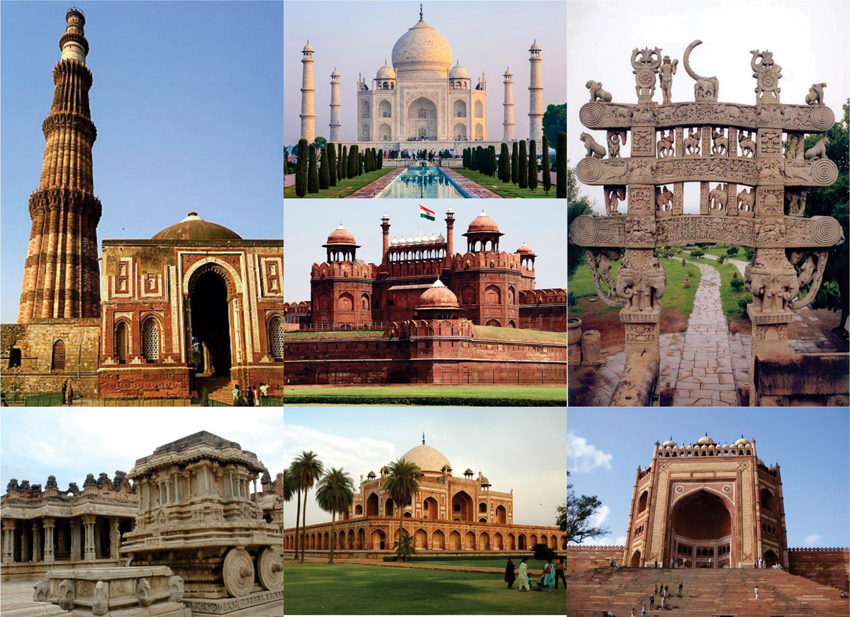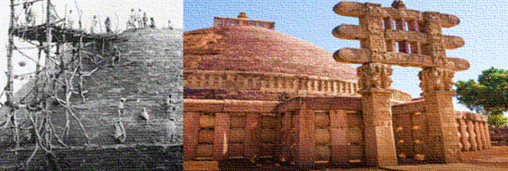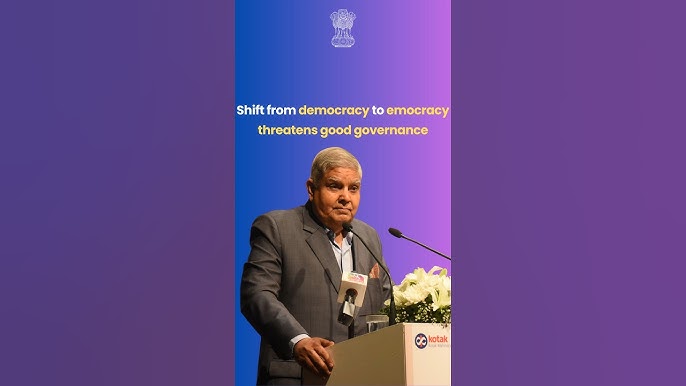- Courses
- GS Full Course 1 Year
- GS Full Course 2 Year
- GS Full Course 3 Year
- GS Full Course Till Selection
- Online Program
- GS Recorded Course
- NCERT (Recorded 500+ Hours)
- Polity Recorded Course
- Geography Recorded Course
- Economy Recorded Course
- AMAC Recorded Course
- Modern India, Post Independence & World History
- Environment Recoded Course
- Governance Recoded Course
- Science & Tech. Recoded Course
- International Relations and Internal Security Recorded Course
- Disaster Management Module Course
- Ethics Recoded Course
- Essay Recoded Course
- Current Affairs Recoded Course
- CSAT
- 5 LAYERED ARJUNA Mentorship
- Public Administration Optional
- ABOUT US
- OUR TOPPERS
- TEST SERIES
- FREE STUDY MATERIAL
- VIDEOS
- CONTACT US
Conserving the India’s Ancient Wonders & Archaeological Sites
Conserving the India’s Ancient Wonders & Archaeological Sites
21-02-2025

“Heritage is not only history. Rather a shared consciousness of humanity. Whenever we look at historical sites, it lifts our mind from the current geo-political factors.”
~Prime Minister Shri Narendra Modi

- India is home to some of the world’s most iconic cultural and archaeological wonders.
- From the beautifully carved temples of Khajuraho to the ancient ruins of Hampi and the revered Somnath Temple, India’s monuments tell stories of its rich history and cultural brilliance.
- These sites, starting from the northern Himalayas to the southern tip of Kanyakumari, are not only architectural marvels but also stand as symbols of India’s diverse traditions.
- However, these precious heritage sites are increasingly under threat due to climate change and extreme weather events such as rising sea levels, heatwaves, forest fires, heavy rains, and strong winds.
- These factors are rapidly accelerating the deterioration of India’s cultural landmarks, putting at risk both the physical structure of these monuments and the cultural heritage they represent.
- So, Immediate protection and intervention are essential to ensure the preservation of these sites for future generations.
What is the Role of the Archaeological Survey of India (ASI) ?
- The Archaeological Survey of India (ASI), established in 1861, plays a crucial role in preserving and maintaining India’s monuments.
- ASI is responsible for protecting 3,698 national monuments and archaeological sites spread across the country.
- These sites are safeguarded under the Ancient Monuments Preservation Act of 1904 and the Ancient Monuments and Archaeological Sites and Remains Act of 1958.
ASI’s responsibility includes many types of heritage sites, such a
- Prehistoric rock shelters
- Temples, forts, palaces
- Megalithic burials (burial sites marked by large stones)
- Stupas (Buddhist monuments)
- Mosques, churches, tombs
What is ASI’s Approach to Preserve Monuments ?
- ASI follows a structured approach to preserving these monuments, but challenges arise due to factors like:
- The materials used in construction deteriorate over time.
- Climate factors (like extreme weather and pollution) impact the stability and longevity of the monuments.
- Biological growth such as Plants, algae, and fungi can damage the structure of the monuments.
- Human encroachments like Urbanization and illegal settlements around historical sites put them at risk.
- Each year, ASI prepares a conservation program to maintain these monuments, focusing on preserving their authenticity while addressing these challenges.
- ASI operates 37 Circle offices and 1 Mini Circle office, which help coordinate conservation efforts in each region.
Increased Funding for Monument Conservation
- In recent years, the government has significantly increased the funding allocated to ASI for the preservation of monuments. For instance:
- In 2020-21, the allocation was ₹260.90 crores, with the expenditure reaching ₹260.83 crores.
- In 2023-24, both the allocation and expenditure increased to ₹443.53 crores, reflecting a 70% rise in funding.
- This increase in funding ensures that ASI has the necessary resources to address conservation challenges effectively.
Measures for Protection from Environmental Impact:
Given the rising environmental threats, ASI has taken various steps to monitor and protect India’s cultural heritage sites from the impacts of climate change:
- ASI monitors cultural heritage sites to assess the damage caused by environmental factors and to take preventive measures.
- ASI has begun adopting scientific preservation techniques and climate-resilient solutions, such as the use of chemical treatments to protect monuments from environmental damage.
- Automated Weather Stations (AWS): In partnership with ISRO (Indian Space Research Organisation), ASI has set up AWS at key sites. These stations measure factors like wind speed, temperature, rainfall, and atmospheric pressure to detect climate-related damage.
- In locations like the Taj Mahal in Agra and Bibi Ka Maqbara in Aurangabad, Air Pollution Laboratories monitor air quality and pollutants that could damage these monuments.
- ASI works closely with various government agencies, including the National Disaster Management Authority (NDMA) and UNESCO, to develop coordinated strategies for safeguarding monuments.
Legal and Security Measures for Monument Protection
To further ensure the protection of heritage sites, the government has implemented several legal provisions:
- The Ancient Monuments and Archaeological Sites and Remains Act, 1958 provides the legal framework to safeguard monuments against misuse, encroachments, and commercial exploitation.
- ASI officials have the authority to issue eviction notices under the Public Premises (Eviction of Unauthorised Occupants) Act, 1971, to remove illegal settlements around heritage sites.
- In addition to regular ASI staff, private security and the CISF (Central Industrial Security Force) are deployed at high-profile monuments to ensure their safety.
- Section 30 of the Ancient Monuments Act imposes penalties on individuals who cause damage or misuse protected sites.
International and National Cooperation
- To improve monument conservation, ASI participates in international workshops on disaster management, including those organized by UNESCO and the NDMA.
- In collaboration with NDMA, ASI has also developed National Disaster Management Guidelines for cultural heritage sites. These guidelines cover:
- Risk assessment
- Disaster preparedness
- Recovery strategies in the event of damage.
Conclusion
Preserving India’s cultural heritage requires an integrated and continuous effort, addressing environmental, legal, and security challenges. The Archaeological Survey of India (ASI), working with multiple agencies, ensures the protection and conservation of India’s monumental treasures.



